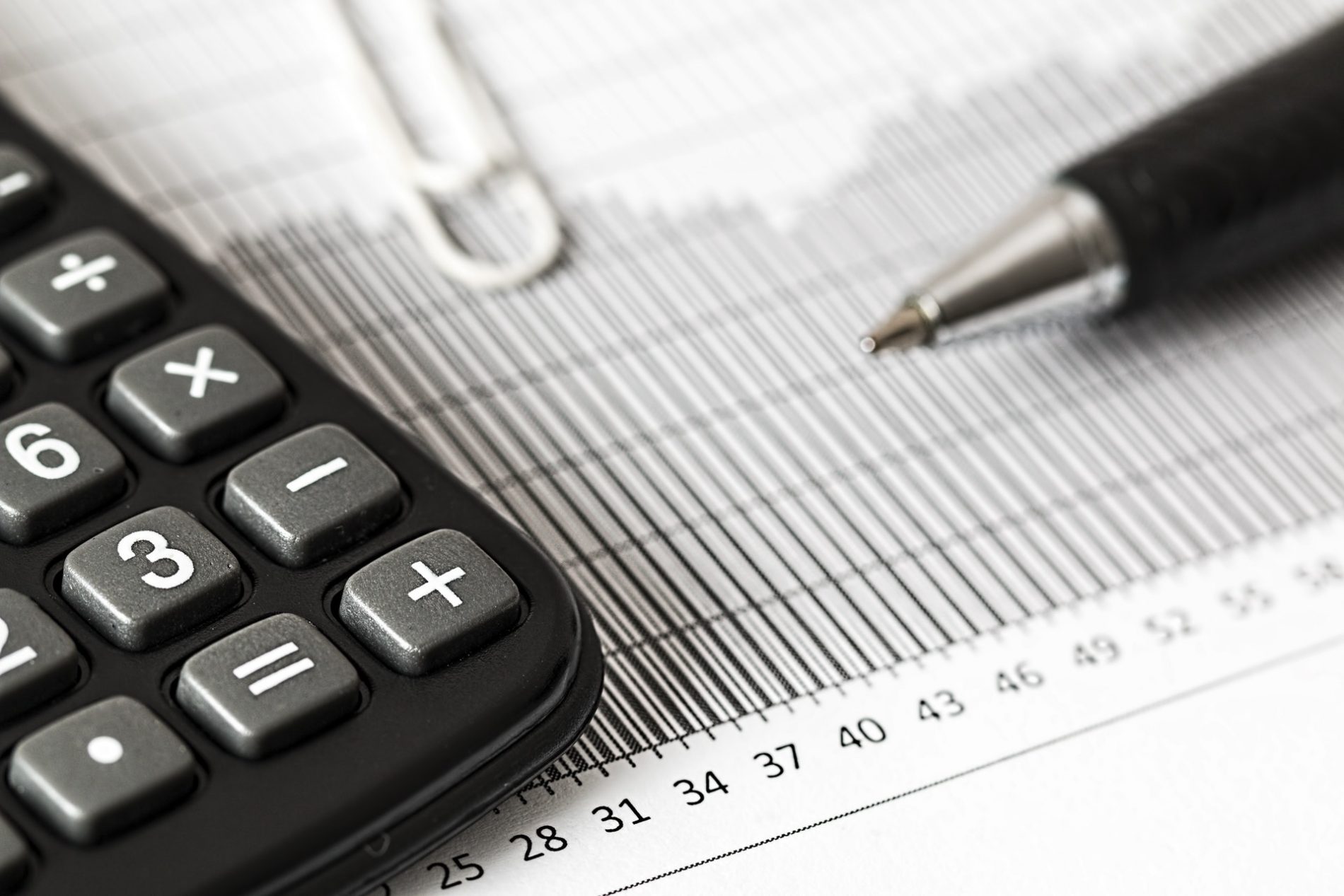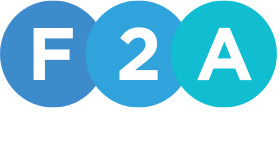Human
Resources
Resources
Finance and administration
DISCOVER
F2A
F2A




